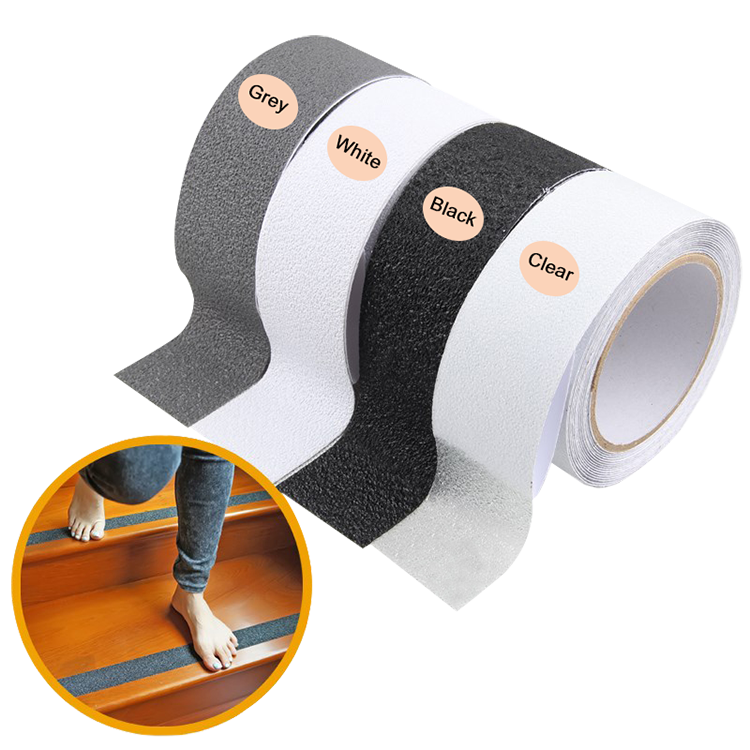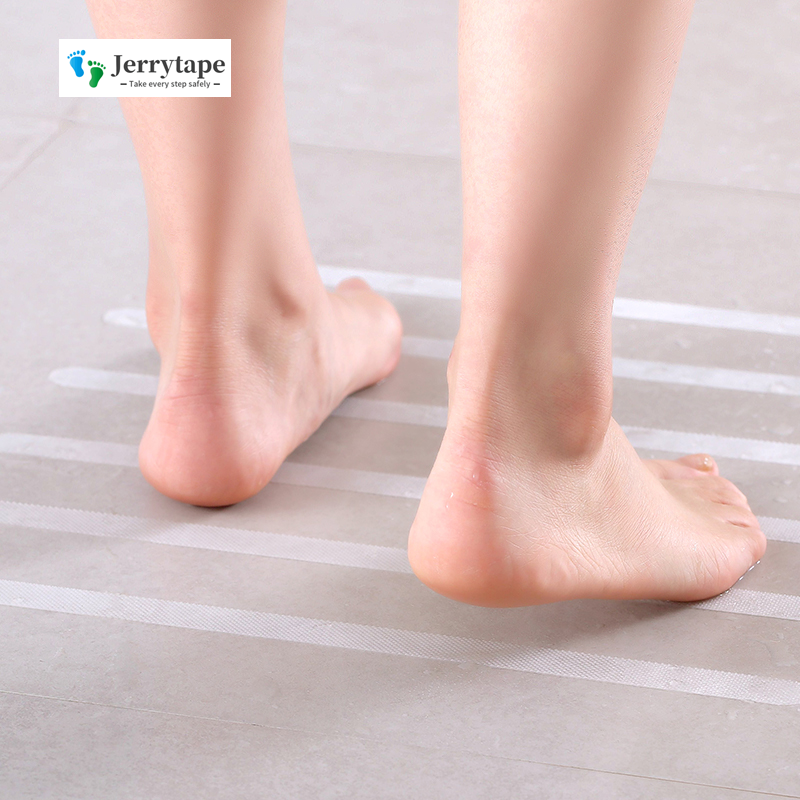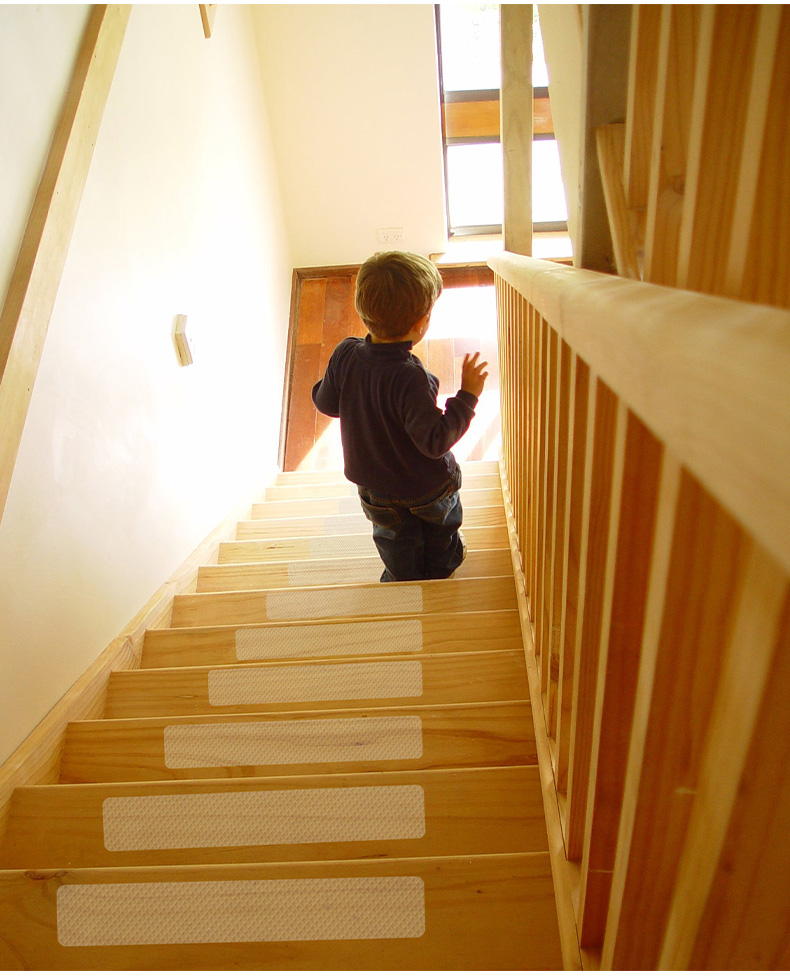In September 2015, the General Office of the State Council issued the “Guiding Opinions on Promoting the Construction of Graded Diagnosis and Treatment Systemâ€, which requires the establishment of a grading diagnosis and treatment system in line with national conditions by 2020. At present, due to the uneven development level of domestic medical and health institutions and the uneven distribution of medical resources, how to effectively establish the trust relationship between patients and grassroots health institutions has become a major problem in the classification and treatment system. From an informational perspective, telemedicine solutions are the core technology to solve this problem.
In recent years, in order to cooperate with the Guangxi Zhuang Autonomous Region Health and Family Planning Commission to speed up the telemedicine “county and county pass†Huimin project construction plan, Nanning Second People’s Hospital took the lead in the development of telemedicine system and was awarded the “Guangxi Telemedicine Center Nanning Sub-centerâ€. The title, with the help of the Guangxi telemedicine platform system, is closely linked to national and provincial hospitals, and downwards to the primary medical institutions such as counties and township communities to help the grading diagnosis and treatment policies. Recently, Chen Dan, head of the Information Department of the Second People's Hospital of Nanning, delivered a “Hospital†at the “2017 National Hospital Informationization Construction Salon·Nanning Station†sponsored by HC3i China Digital Medical Network and co-organized by Epson (China) Co., Ltd. "Thinking about the construction of telemedicine informatization ", the keynote speech shared the development of telemedicine in the Second People's Hospital of Nanning and the difficulties in implementing telemedicine.

Chen Dan, Chief, Information Section, Second People's Hospital of Nanning
There are two major categories of telemedicine applications.
· "High on the" class - the center of the center to the center of the remote consultation business, the hospital is equipped with a separate room telemedicine consultation site, the network directly connected to the branch and medical unit, equipped with high-end voice, video, video capture equipment In pursuit of maximizing the effect of face-to-face consultation; the system supports the transmission of video to all major conference rooms in the hospital, facilitating the application of distance learning, multidisciplinary discussion, and live broadcast. The limitation is that each hospital needs to have an independent center, a dedicated line, etc., and the equipment is expensive. Both parties need to be online at the same time, and the consultation needs to be reserved in advance.
According to Chen Dan, the remote application of the “Gao Da Shang†class of the Second People’s Hospital of Nanning City has carried out a total of 10 cases, which can not make ends meet in terms of economic benefits. However, from the perspective of management, it can remotely monitor the real-time situation of primary medical care, from the perspective of medical education. Collecting experts from both inside and outside the province to do consultations can effectively improve the professional skills of hospital doctors. "The output is not high, and the side benefits are very large."
· "Short-frequency fast" class - mainly doctors or doctors to patients, mainly to solve the high demand rate of small consultations, using the convenience of the Internet network, using doctor workstations or personal mobile phones as carriers, using general communication Devices can interact without being limited by time or location, allowing offline or online consultations, and requiring higher data connectivity for medical devices or information systems. The limitation is that it is easily affected by equipment and environment, limited imaging, is not conducive to difficult diagnosis, and the underlying architecture basic b/s and app have certain limitations.
Telemedicine promotes three major difficulties
Chen Dan said that the main purpose of telemedicine construction is to radiate grassroots hospitals, improve the level of primary medical care, and achieve graded diagnosis and treatment - the first diagnosis at the grassroots level. At present, the level of informatization of primary medical institutions is the biggest obstacle to the implementation of telemedicine, mainly in three aspects:
1. Electronic medical record data - no system, what source? No technology, what is the interconnection?
Primary medical institutions lack complete information systems and information technology, and cannot import, export, and scan medical records in a timely manner.
2. Transmission standard of medical image data--radiation, ultrasound, pathology: DICOM, ECG: ECG, SCP-ECG, GDF, etc.
To join the telemedicine platform, a unified standard ECG tool must be configured to facilitate remote consultation.
3. Storage - private cloud? Public cloud?
Where the data is stored, there are problems with security and application.
The second major difficulty in telemedicine implementation is the issue of medical resource platforms. Telemedicine implementation must be accompanied by a doctor's resource library, who can seize the doctor's resources, who can master telemedicine. Therefore, a cross-provincial or cross-country telemedicine platform must establish its own medical resource pool.
The third major difficulty is the problem of repeating work. Since the new medical reform, medical institutions at all levels and localities have done telemedicine, which is likely to cause duplication of inter-agency construction and overlapping of functions between applications. It is necessary to make a choice between “virtuation†and “pragmaticâ€. Retreat, that is, to do a good job of planning, put the theory in front; pragmatic, that is, consider what effect it can make. Therefore, retreat is a prerequisite for pragmatism.
(Author: Liu pigeon)
Bathroom Anti Slip Tape
Bathroom anti slip tape from Jerrytape is based on soft PEVA or PU material, which is environmentally friendly and skin friendly, people can walk on it without shoes. It`s coated with upgraded acrylic adhesive, has excellent waterproof ability and good adhesion. It can be used for many wet and smooth areas, even can be used under water, such as bathroom, bathtub, swimming pool, stairs, kitchens, gymnasiums, ship, etc. And it leaves no residue when removal, easy to clean. Compared to general anti slip tape, it is PVC free and sands free.
Product specifications:
Product name: Bathroom anti slip tape / PEVA anti slip tape
Colors: Clear, black, white, grey, also offer printing.
Sizes: 25mm / 50mm / 75mm / 100mm /150mm x 3m / 5m / 18m/ 25m. Also can customize almost any size according to your demand. Also can offer sheets, such as 20 x 380mm strips, 4" x 24", 4" x 32", 6" x 30", 6" x 32", 8" x 40" treads, which are very hot sell on Amazon. Also can be special shapes, such as round sheets, snow shape, S shape, etc.
Package: Shrink wrapped or OEM package, such as Shrink + round card, shrink + sleeve card, shrink + color box, etc.




Bathroom anti slip tape, PEVA anti slip tape, non slip treads, anti slip treads, shower anti slip tape
Kunshan Jieyudeng Intelligent Technology Co., Ltd. , https://www.jerrytape.com